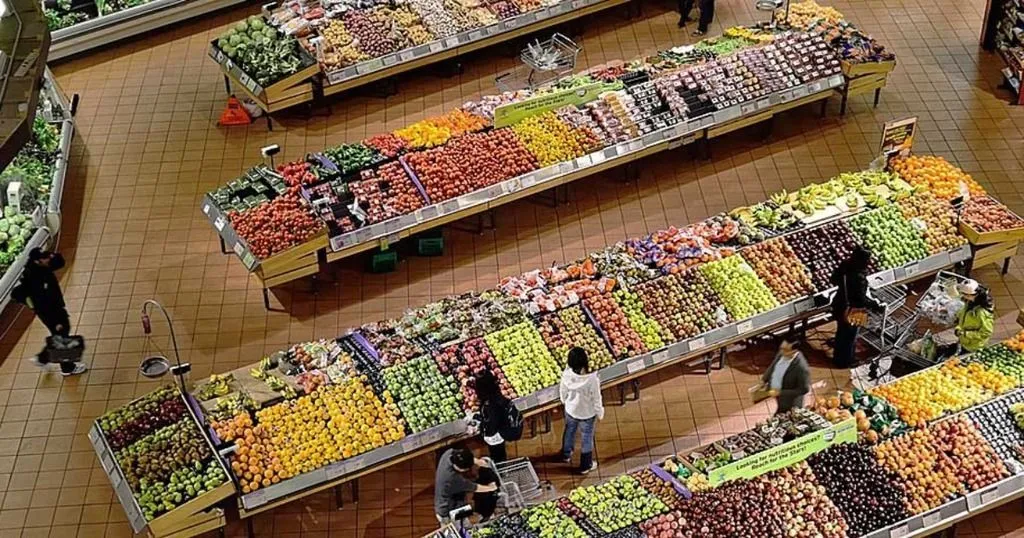Observations of eating behavior
Our eating behavior has a strong connection with our weight and can thus influence the development of obesity.
Posted by
Published on
Tue 13 Nov. 2012
Topics
| Addiction | Coding Schemes | Consumer Behavior | Eating Behavior | The Observer XT |

Our eating behavior has a strong connection with our weight and can thus influence the development of obesity. Obesity (having too much body fat) is a subject under discussion amongst many scholars.
Though the growth in obesity rates has slowed in a number of developed countries, more people are obese than ever before, according to information released by the Organization for Economic Co-operation and Development.
The top fattest developed countries in the world are the US, Mexico, New Zealand, Chile, Australia, Canada, UK, Ireland, Luxembourg, and Finland. Researchers are trying to get people to exercise longer and more often as they search for ways of lowering the energy intake.
Eating habits
These days, you can take courses in which you can learn how to eat with mindfulness – meaning that you are aware of what you eat.
Another theory going around was that plate size matters. View an interesting video on Youtube (by the Georgia Tech University) about the Delboeuf effect on plate sizes. The larger the plate, the more food you put on the plate compared to what you would put on a smaller plate. Using smaller plates leads to choosing smaller portions.
Consumer research project
Recently, Forde et al. investigated oral processing characteristics of mashed potatoes, canned tomatoes, boiled carrots, tortilla chips, and more solid savory foods. Their aim was to describe the process in an accurate way and they wanted to define the associations between oral processing characteristics, food composition (solid, semi-solid, liquid), sensory properties, and expected satiation (fullness).
In the paper, the researchers explain that foods that can be consumed quickly have a low satiating efficiency. Longer chewing will slow down the rate of calorie intake, and in the end, will lower the overall calorie consumption. To perform the experiment, fifteen participants were recruited and thirty-five food items were selected.
All participants were recorded on video
Non-invasive behavioral observation techniques allowed the researchers to code separate bites, chews, and swallows in an accurate and reliable way, without interfering with the subjects’ natural eating behavior. At the start of the research project, the researchers developed a coding scheme. This functioned as a starting point.
It enabled the software to record the frequencies of three key point events (bites, chews, and swallows) while simultaneously coding the duration and frequency of a state event (total oral exposure time).
Conclusion
Forde et al. conclude that "bite size and oral-sensory exposure time could contribute to higher satiation within a meal of equal calories". To reduce calorie intake, fight obesity, the food industry could look into the design of foods and the duration of eating something to cue satiation earlier.
Reference
Forde, C.G.; Kuijk, N. van ; Thaler, T.; Graaf, C. de; Martin, N. (2012). Oral processing characteristics of solid savoury meal components, and relationship with food composition, sensory attributes and expected satiation. Appetite, http://dx.doi.org/10.1016/j.appet.2012.09.015
Related Posts

Consumer behavior: do we enjoy the buffet to its fullest potential?

Measuring consumer choice behavior

